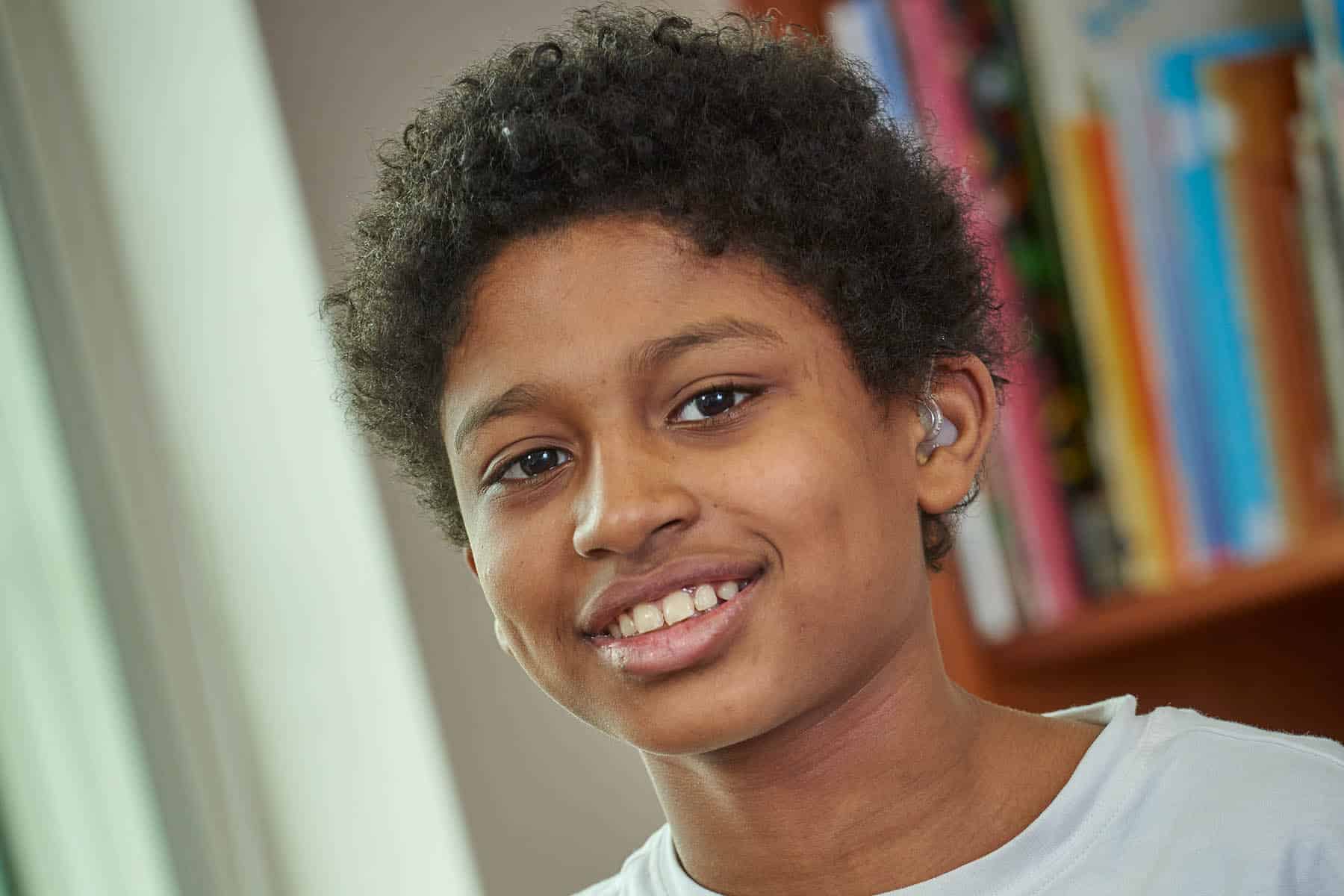Today, most hearing devices are able to log user wear time. Audiologists and other professionals can then use this data to gain an understanding of a person’s device use patterns, such as wearing the device for part of the day or using only one device in the evening. It is important to recognize that there are some factors that influence wear time that cannot be entirely avoided, and there are others that can be supported to achieve more optimal use patterns. Keep in mind that the quality of fitting, appropriateness of the device, generation of the device and medical issues may further impact wear time. In general, adults determine their device use patterns, and parents determine the use patterns for infants/younger children, but school-aged children fall into an interesting subset. These children are often old enough to have developed some self-advocacy skills, but they may not understand the implications of low device use.
Evidenced-based research supports that optimal wear time is all waking hours; however, studies also show that wear time is often over-estimated by caregivers and under-optimized by users. There are variables that affect wear time that are family and/ or child-specific that professionals can explore and strategize around.
Studies show that wear time typically becomes more consistent with age and with higher levels of attachment to the device and to sound. Encouraging consistent wear time at younger ages is desirable. One basic strategy in counseling parents to increase wear time is to establish a clear link between consistent use of devices and the development of speech and language skills. Another method is to identify consistent barriers to child device use and to develop strategies to overcome these factors. This may be especially relevant as children grow and change.
Barriers to device use vary but may be summed up as a combination of: environment-specific problems, child state, activity-specific issues and equipment/daily care concerns. Consider these examples:
- Environment-specific problems: weather issues or being in a public setting with less control over noise
- Child state of emotion/temperament: feeling tired, hungry, sensory overload or illness
- Activity-specific: playing alone, napping, bath time, time in car or breaks from routine
- Equipment and daily care concerns: missing/lost equipment, intermittencies or poorly fit devices
Another possible barrier to keep in mind is the student’s use of one device versus two devices. For students who can use two ears to stimulate the auditory pathway, studies are clear that using two devices has benefits related to hearing better in noise, localizing where sounds are in space and receiving better quality/volume for speech understanding. Professionals may need to work with some students on consistent wear time for both devices, not just one.
It is important to use individualized problem-based strategies with school-aged children to find out why they aren’t using devices all waking hours. Is the concern something that can be readily addressed with an equipment or programming update? Is use affected by an environment, such as being at a loud gym for volleyball practice versus being at a quiet library? Children may begin to identify settings or activities where they feel they “don’t need” amplification such as when playing alone, studying in the library, etc. Professionals can explore these situations with the school-aged child and develop modifications that strengthen the wear time and overall access to sound.
“Simple” ideas to motivate change:
- Set up a hearing simulation to confirm that hearing speech is difficult without optimal access to sound.
- Make sure the family/child have tools to clean and check devices, including knowing how to get help when needed.
- Use testing models to show the child data that adding noise in the background affects signal to noise ratios and then find solutions.
- Collaborate on a student survey outcome measurement tool such as the Client Oriented Scale of Improvement (COSI) or IDA institute (ex: Living Well).
- Identify one environment in which the child has consistent low wear time and develop ways to address it.
- Meet with older students or young adults to get their perspective.
- Recognize environments that give listening fatigue and ask an audiologist if devices can be programmed to address this.
The barriers to wear time may be diminished with a deeper dive into the reason behind not wearing devices. Socially and emotionally connecting with school-aged children regarding their device use patterns can empower them to make positive changes!
References
Outcomes of Children with Hearing Loss (OCHL) study
Walker, E., Spratford, M., Moeller, M., Oleson, J., Ou, H., Roush, P., and Jacobs, S. (2013). Predictors of
hearing aid use time in children with mild-severe hearing loss. Language, Speech, and Hearing
Services in Schools, 44 (1), 73-88.
Walker, E., McCreery, R., Spratford, M., Oleson, J., Van Buren, J., Bentler, R., Roush, P. and Moeller, M.
(2015). Trends and predictors of longitudinal hearing aid use for children who are hard of
hearing. Ear Hear, 36 (0 1), 38S-47S.













